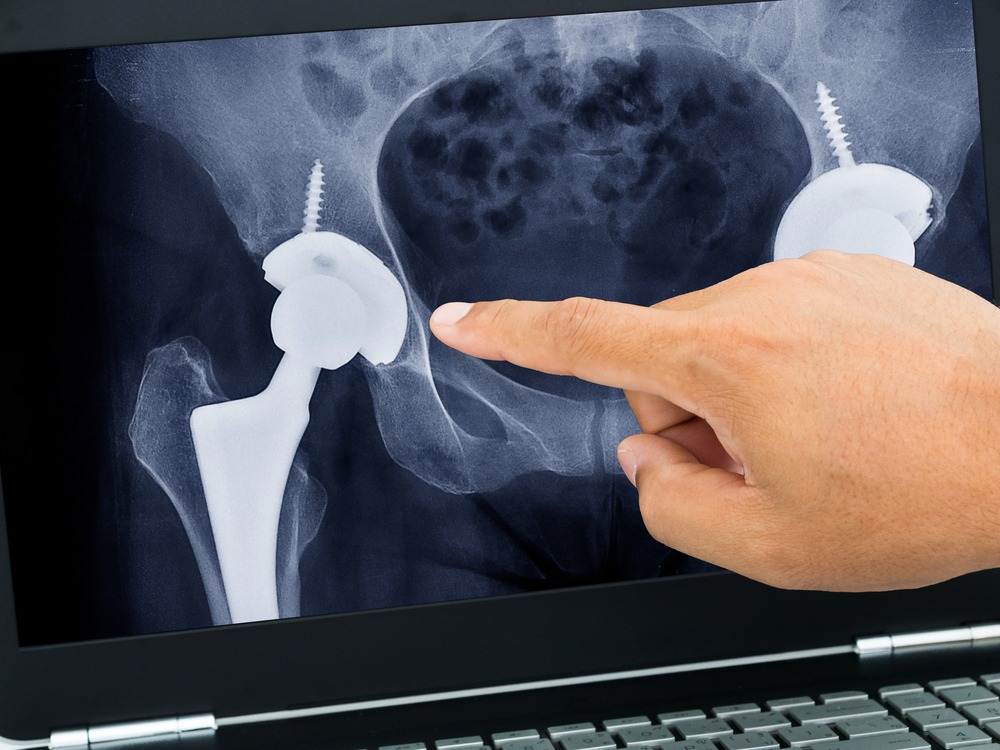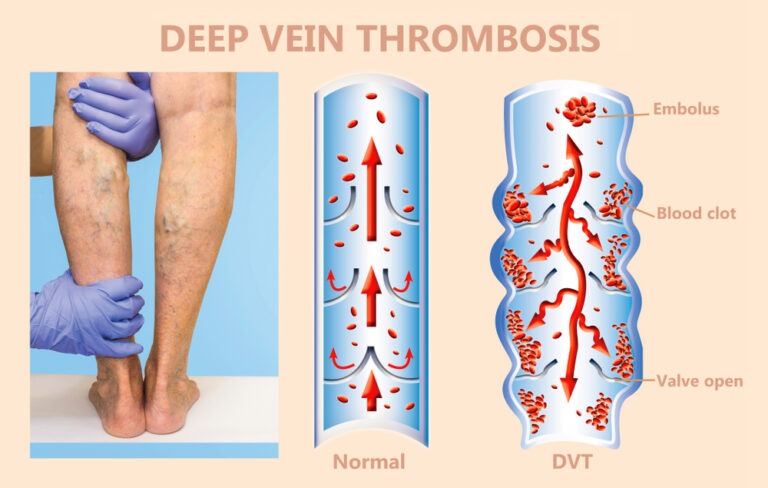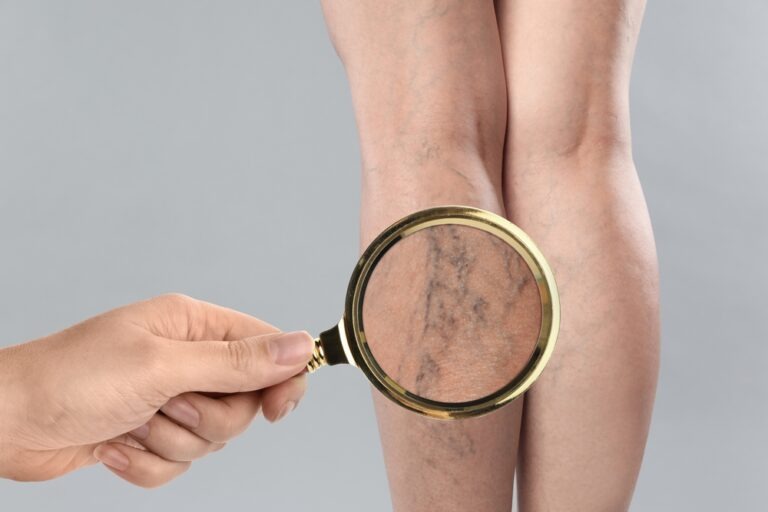As an Amazon Associate. We get small commissions for purchases made through affiliate links in this post at no extra cost to you. More info. Amazon Affiliate Disclaimer
The Ultimate Guide to Total Hip Replacement (THR) Surgery: Everything You Need to Know
Introduction
Headline: Total Hip Replacement Surgery: A Life-Changing Solution
Hook: Are you or a loved one suffering from chronic hip pain that affects daily life? You’re not alone. Every year, millions of people opt for total hip replacement (THR) surgery to regain mobility and improve their quality of life.
Relevance: If you’ve been struggling with arthritis, hip fractures, or severe joint pain, THR surgery could be the long-term solution you’ve been searching for. This guide will provide you with everything you need to know about the procedure, recovery, and life after surgery.
Understanding Total Hip Replacement Surgery
What Is Total Hip Replacement?
Total hip replacement (THR) is a surgical procedure in which a damaged or worn-out hip joint is replaced with an artificial one. The goal is to restore mobility, reduce pain, and improve overall function. It is one of the most successful orthopedic procedures, with over 90% of patients reporting significant pain relief and improved mobility after surgery.
Who Needs a Hip Replacement?
You may be a candidate for THR if:
- You have chronic hip pain that limits daily activities.
- Non-surgical treatments like medication and physical therapy have failed.
- You experience stiffness or reduced range of motion in the hip.
- Hip pain persists even when resting or sleeping.
- Your hip joint has become severely damaged due to injury or degenerative disease.
Common Conditions Leading to THR
- Osteoarthritis: The most common cause, leading to cartilage degeneration.
- Rheumatoid Arthritis: An autoimmune condition that causes joint inflammation.
- Hip Fractures: Often occurring in older adults after falls.
- Avascular Necrosis: Loss of blood supply to the hip joint, leading to bone death.
- Developmental Dysplasia: A condition present from birth that affects hip joint formation.
What to Expect Before, During, and After THR Surgery
Pre-Surgery Preparation
- Medical Evaluation: Your doctor will assess your overall health and suitability for surgery.
- Prehabilitation (Prehab): Strengthening the muscles around your hip can improve post-surgery recovery.
- Lifestyle Adjustments: You may need to lose weight or quit smoking to enhance healing.
- Medications: Certain medications may need to be adjusted to prevent complications during surgery.
- Home Preparations: Setting up a recovery-friendly environment, such as removing trip hazards and arranging for help at home.
The Hip Replacement Procedure
- Anesthesia: General or spinal anesthesia is administered.
- Incision & Joint Removal: The surgeon makes an incision to access and remove the damaged hip joint.
- Implant Placement: A prosthetic joint made of metal, ceramic, or plastic is inserted.
- Closure & Recovery: The incision is closed, and you’re taken to recovery for monitoring.
Post-Surgery Recovery Timeline
- First Few Days: Pain management and physical therapy begin.
- Week 1-4: Gradual improvement in mobility with walking aids.
- Week 4-12: Increased strength, reduced stiffness, and return to normal activities.
- 3-6 Months: Full recovery, with continued exercises to maintain mobility.
Common Concerns & FAQs About THR
Is Hip Replacement Surgery Safe?
Yes! It’s one of the most successful orthopedic surgeries, with over 90% of patients experiencing long-term pain relief. Complications such as infection and blood clots are rare but can be managed with proper post-surgical care.
How Long Does a Hip Replacement Last?
Modern implants can last 20+ years with proper care and activity moderation. The lifespan depends on factors such as age, weight, and activity level.
What Activities Can I Do After Surgery?
- Allowed: Walking, swimming, cycling, and low-impact exercises.
- Avoid: High-impact activities like running or jumping.
- Precautions: Avoid excessive bending, twisting, or crossing your legs to prevent dislocation.
How Can I Speed Up Recovery?
- Follow your physical therapy plan.
- Maintain a healthy diet to support healing.
- Avoid excessive bending or twisting movements.
- Stay active, but avoid high-impact exercises.
- Follow up with your doctor to monitor progress.
Key Takeaways & Final Thoughts
- THR surgery can significantly enhance mobility and quality of life.
- Proper preparation and post-surgery rehabilitation are crucial for a successful outcome.
- Most patients return to normal activities within a few months.
Are you considering a hip replacement? Consult your doctor to explore if THR surgery is right for you. Share this guide with anyone who might benefit from it!
References & Resources
- American Academy of Orthopaedic Surgeons. “Total Hip Replacement.” Accessed from: https://orthoinfo.aaos.org
- Mayo Clinic. “Hip Replacement Surgery.” Retrieved from: https://www.mayoclinic.org
- National Health Service (NHS). “Hip Replacement.” Available at: https://www.nhs.uk
- Cleveland Clinic. “Hip Replacement Surgery: Procedure, Recovery, and Risks.” Accessed at: https://my.clevelandclinic.org










